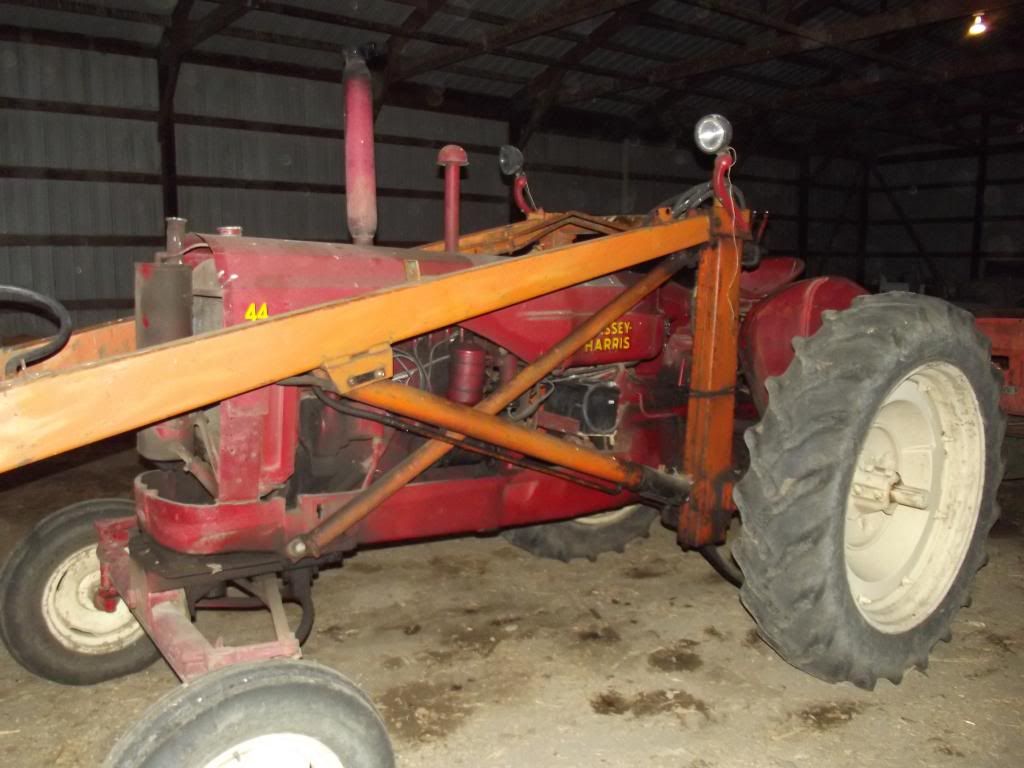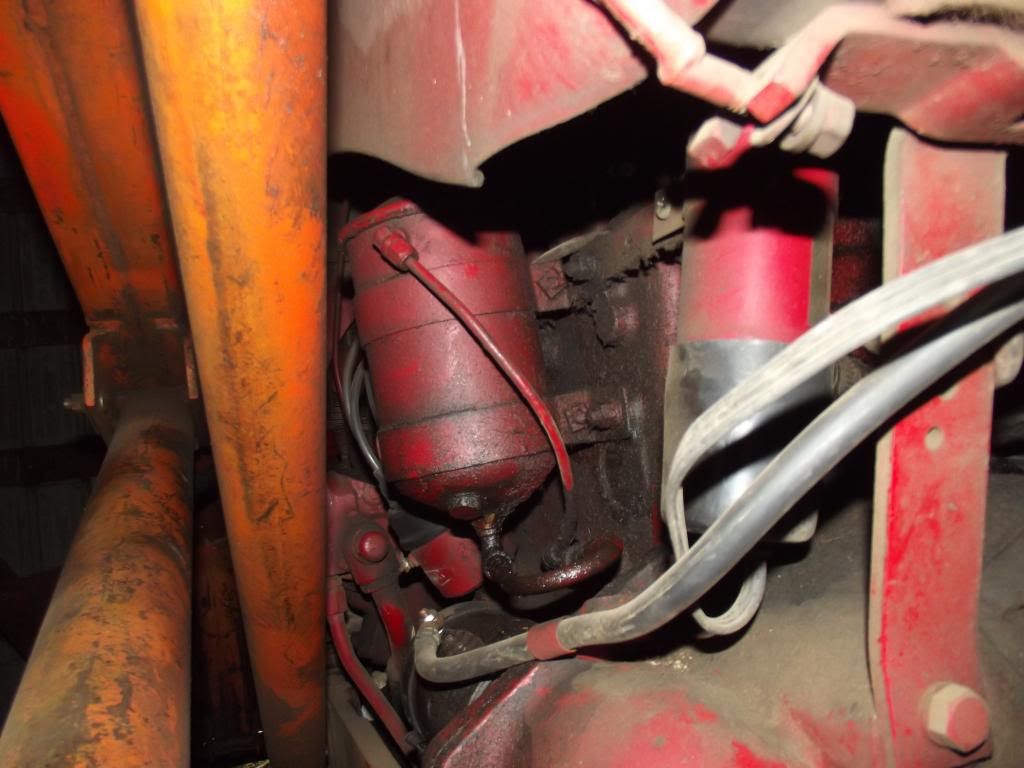this is the filter and canister from my long neglected Massey Harris 44Special.
While it is almost impossible to tell from these pics ... this is sludge!
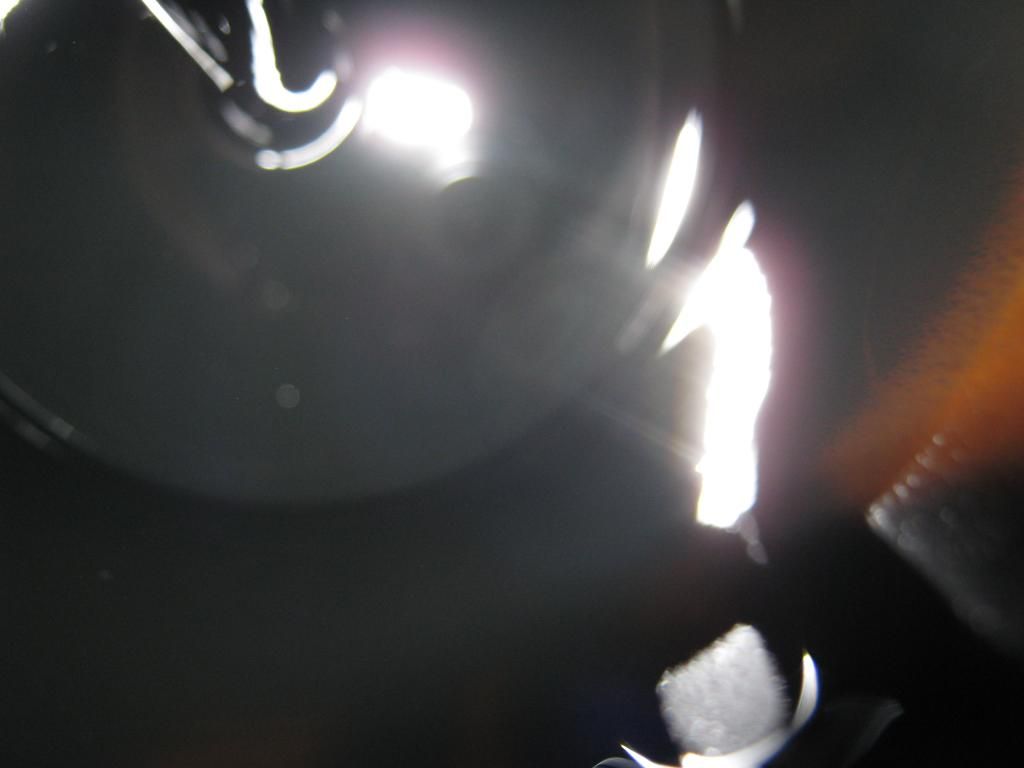
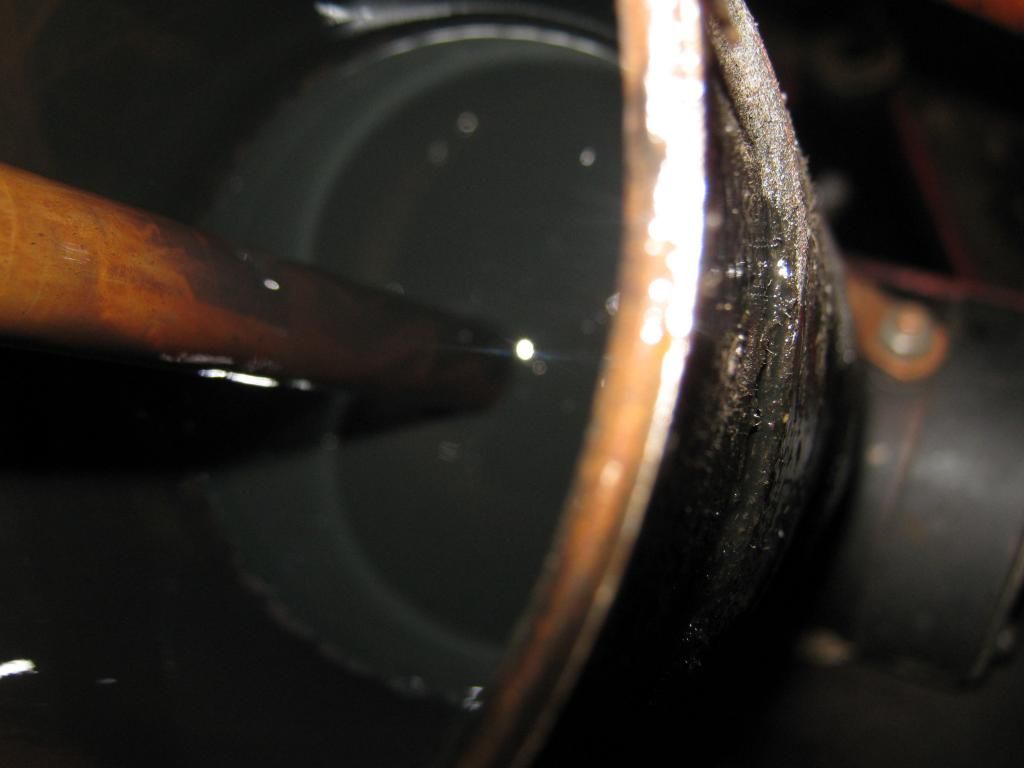
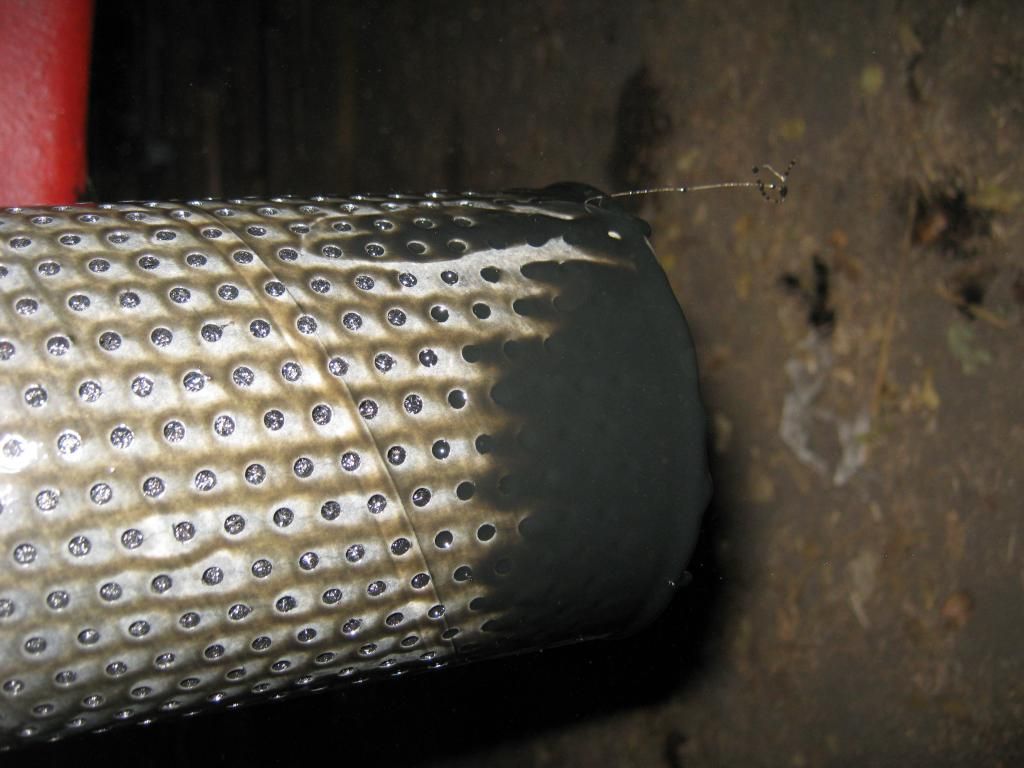
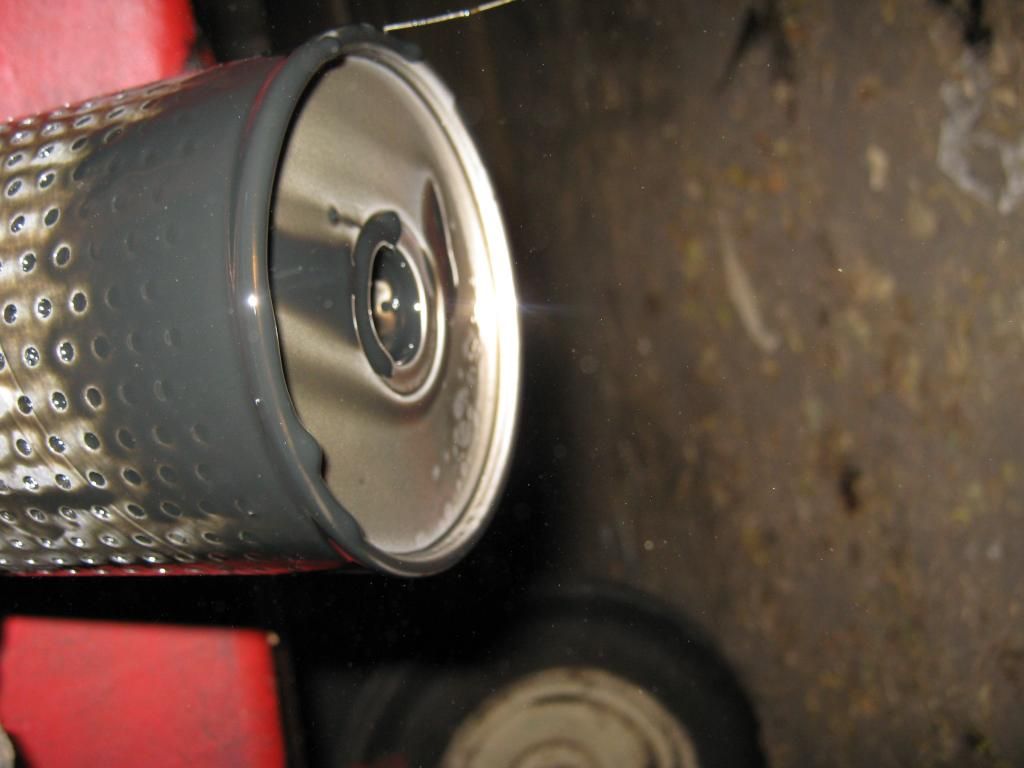
the oil in the tractor only has about 16 hours or so on it, so the dark stuff is the sludge that resides in the bottom of the filter canister.
i thought i'd try to get the sludge out of the bottom of the canister so i pulled the filter and finally got the canister drain plug broke loose (a first for me). when i got the plug out ... nothing came out. not a drop, not a dribble, not a glob.
I knew there was sludge in the bottom from earlier this year when i did a filter change on it. i stuck my hand down in the canister and could feel the goop down in the bottom, but couldn't get the canister drain plug out at the time.
So ... not sure what dissolves sludge on its own, but i poured about a half pint of K-1 clear kerosene into the filter housing to see what that will do. Hoping it will slowly dissolve into the sludge from the top. not sure though.
nice thing about it is i have all winter to work on it, but the cold isn't going to speed things up any.
any ideas on dissolving the sludge? we'll see what the kero does here over the next couple of days.
While it is almost impossible to tell from these pics ... this is sludge!




the oil in the tractor only has about 16 hours or so on it, so the dark stuff is the sludge that resides in the bottom of the filter canister.
i thought i'd try to get the sludge out of the bottom of the canister so i pulled the filter and finally got the canister drain plug broke loose (a first for me). when i got the plug out ... nothing came out. not a drop, not a dribble, not a glob.
I knew there was sludge in the bottom from earlier this year when i did a filter change on it. i stuck my hand down in the canister and could feel the goop down in the bottom, but couldn't get the canister drain plug out at the time.
So ... not sure what dissolves sludge on its own, but i poured about a half pint of K-1 clear kerosene into the filter housing to see what that will do. Hoping it will slowly dissolve into the sludge from the top. not sure though.
nice thing about it is i have all winter to work on it, but the cold isn't going to speed things up any.
any ideas on dissolving the sludge? we'll see what the kero does here over the next couple of days.


